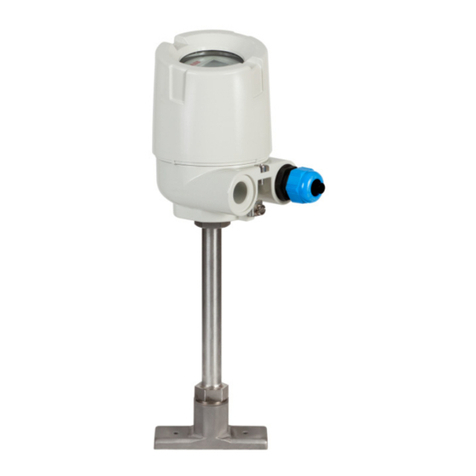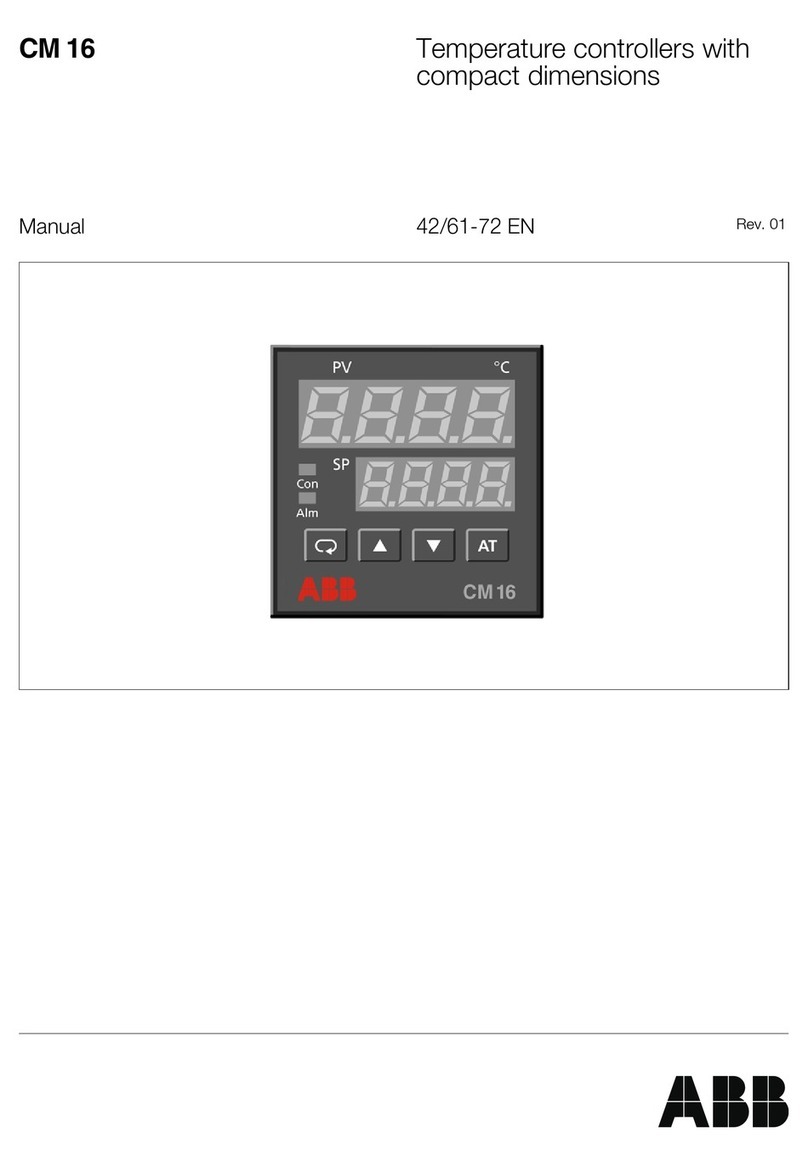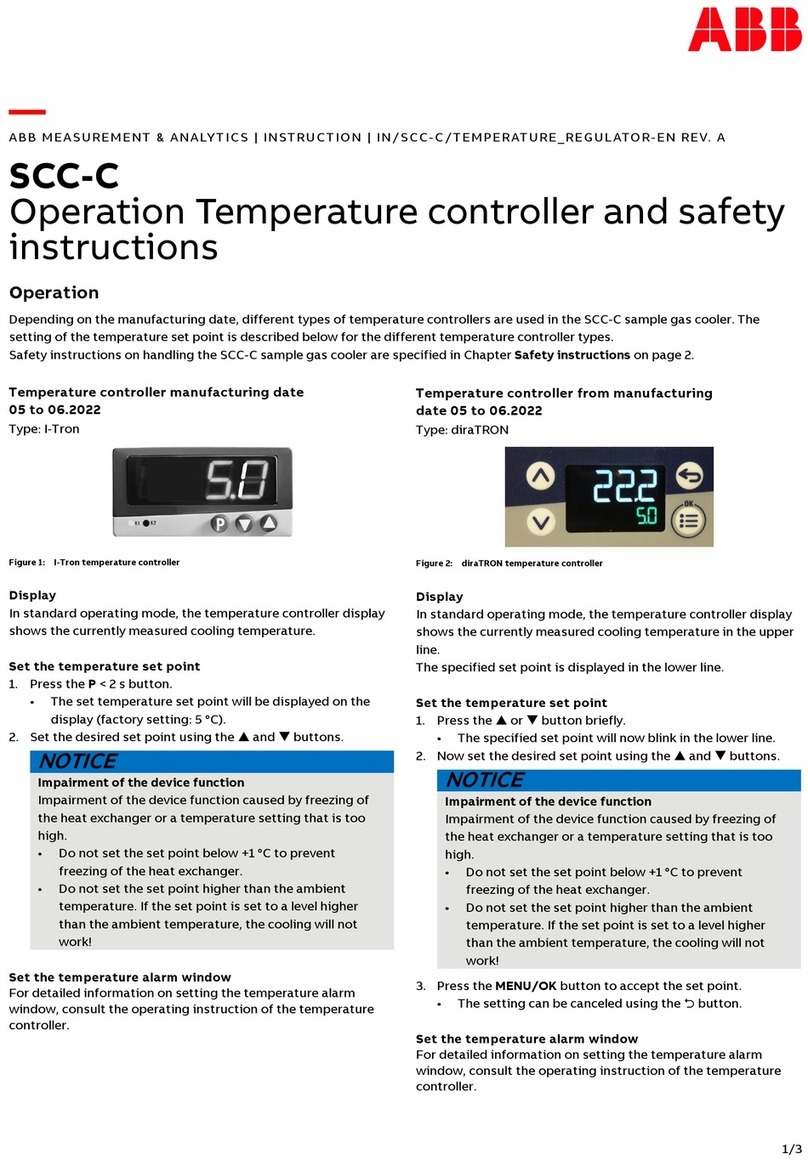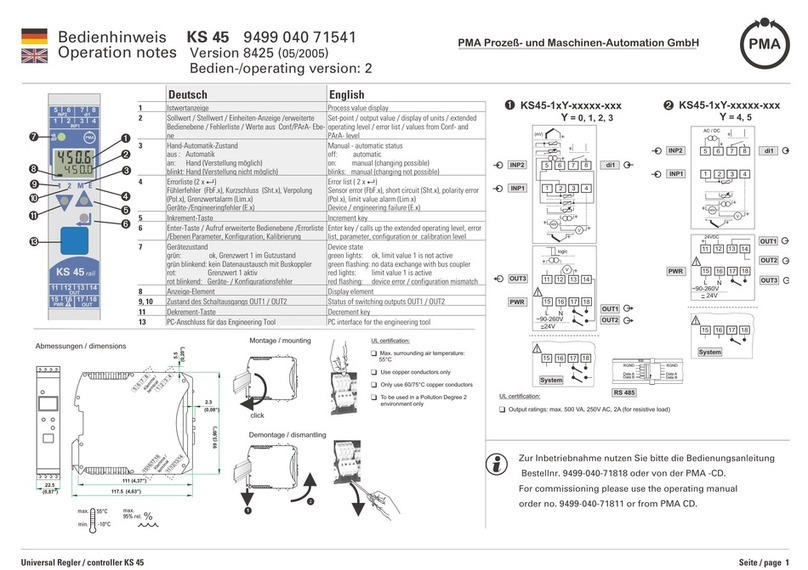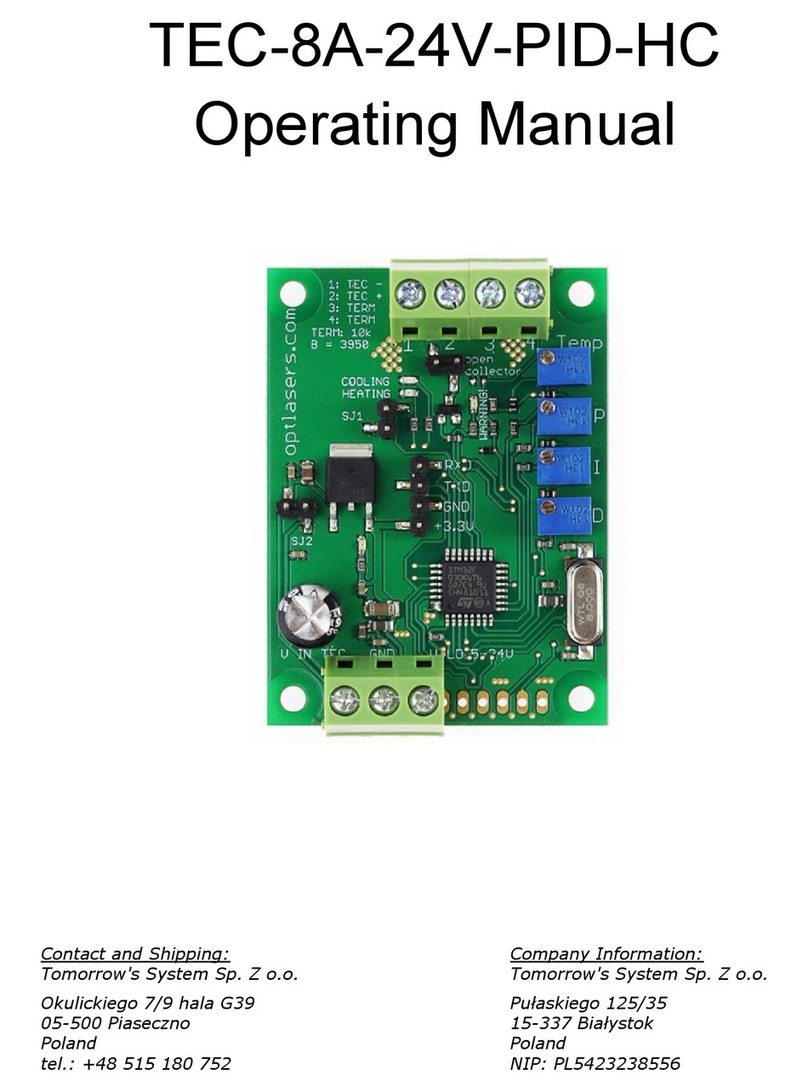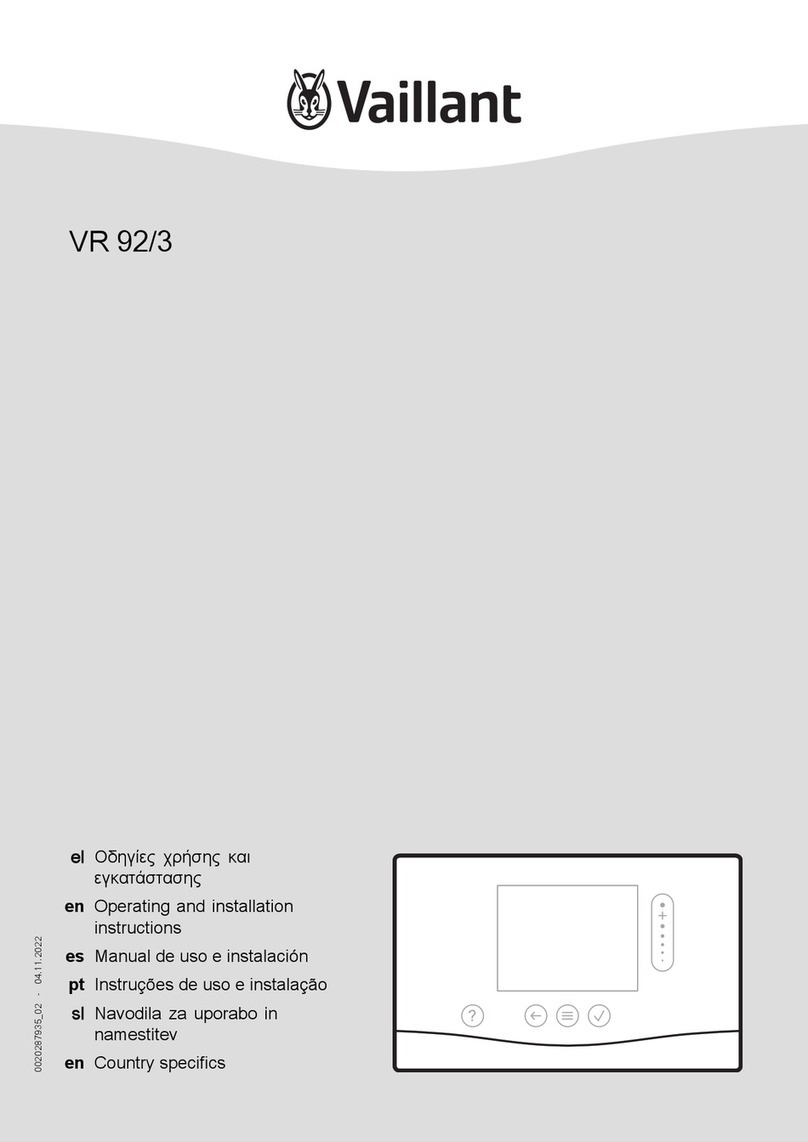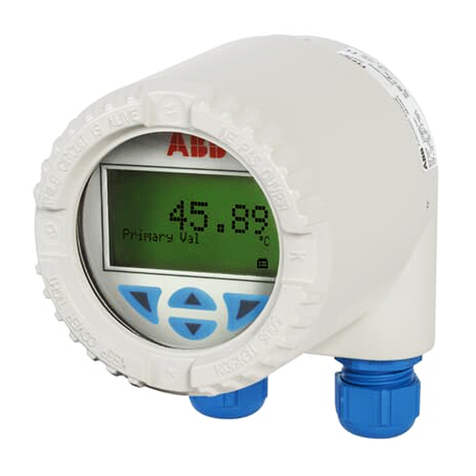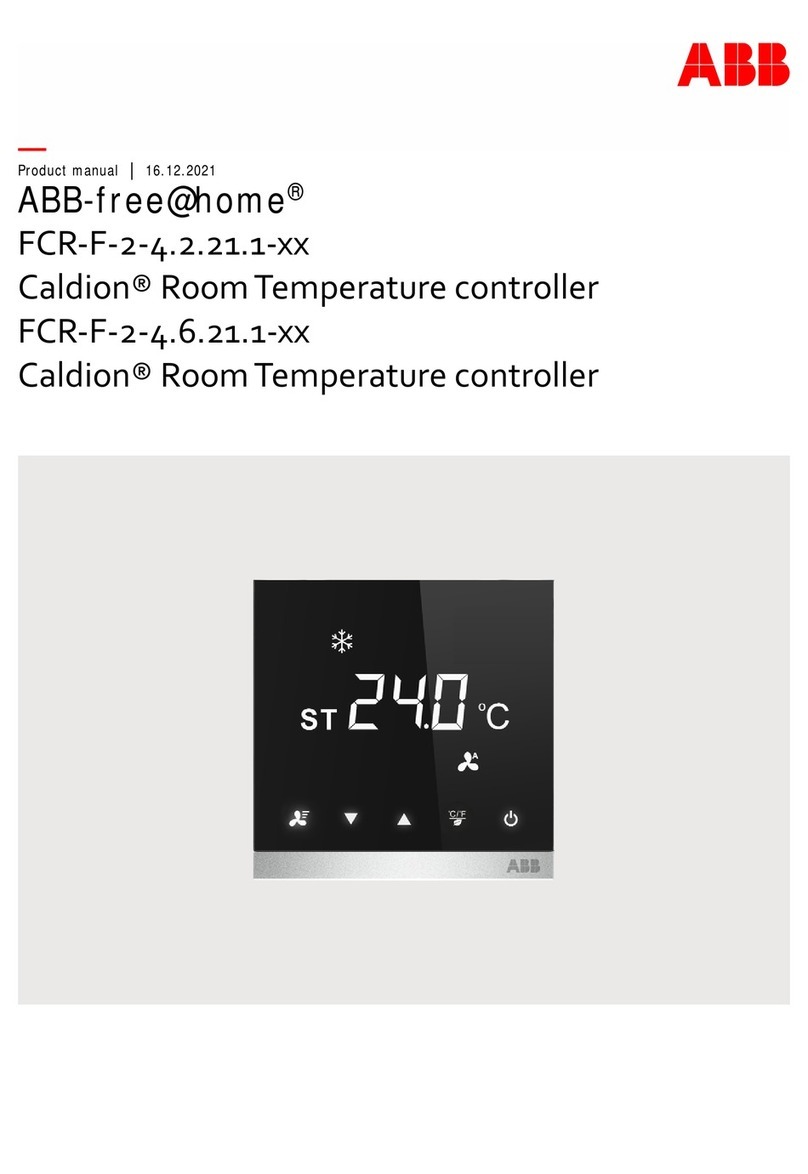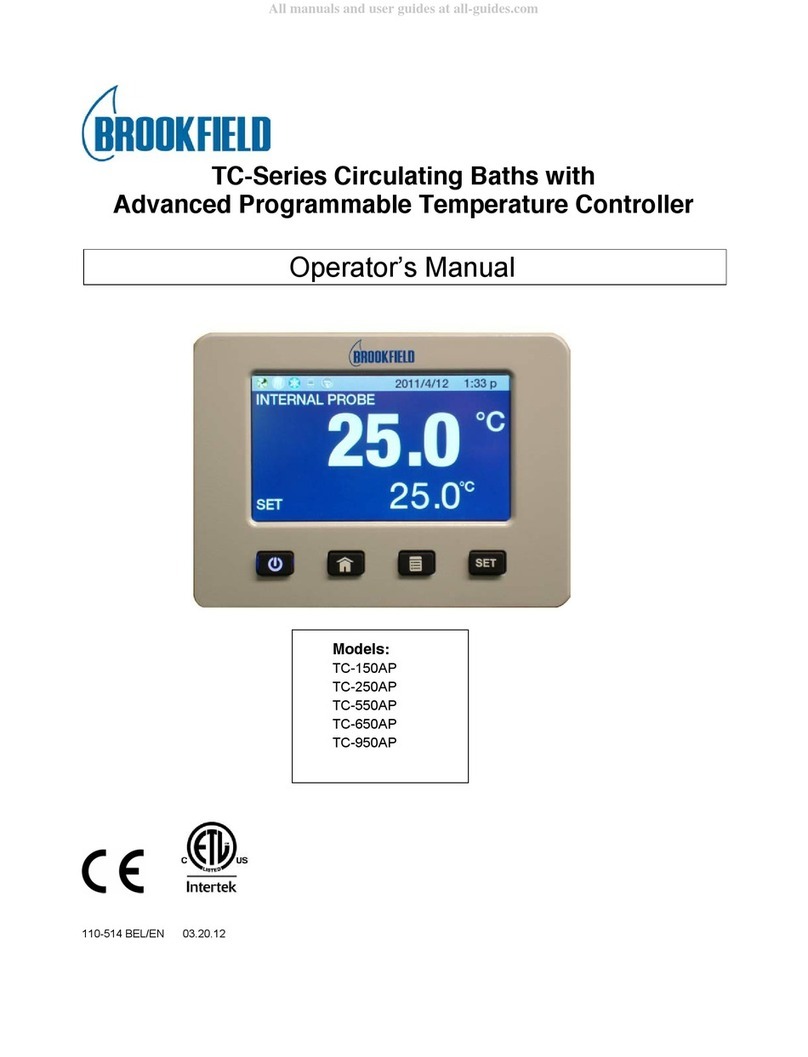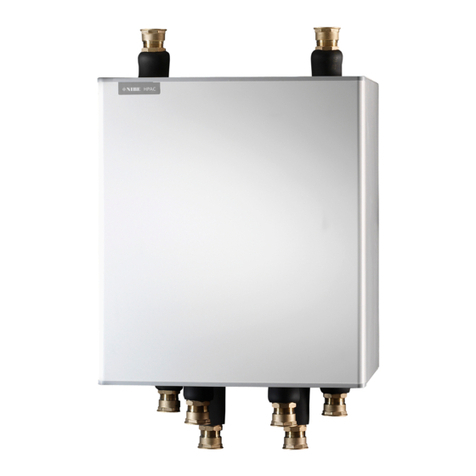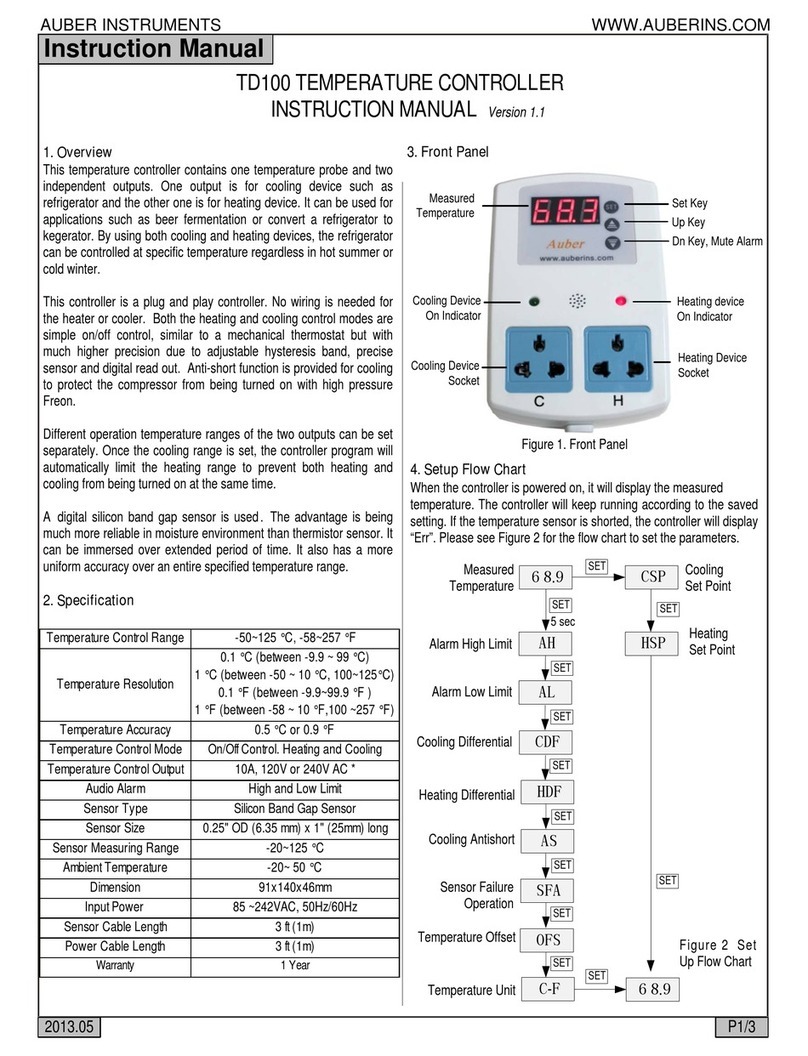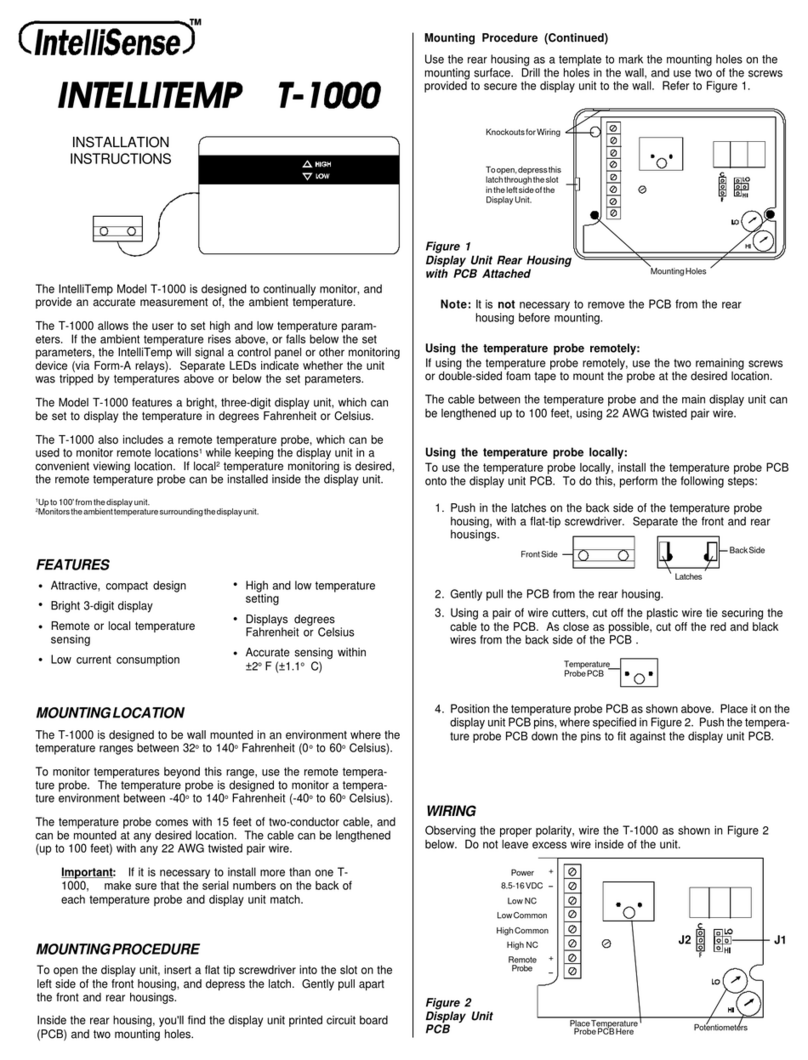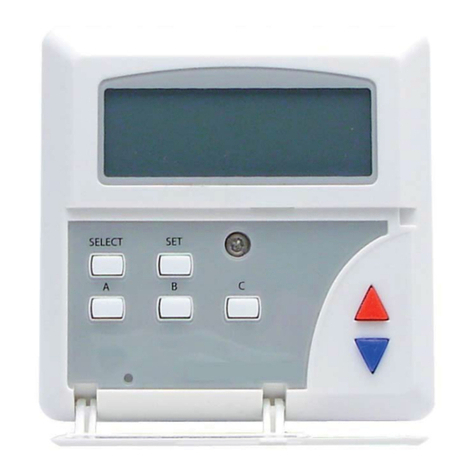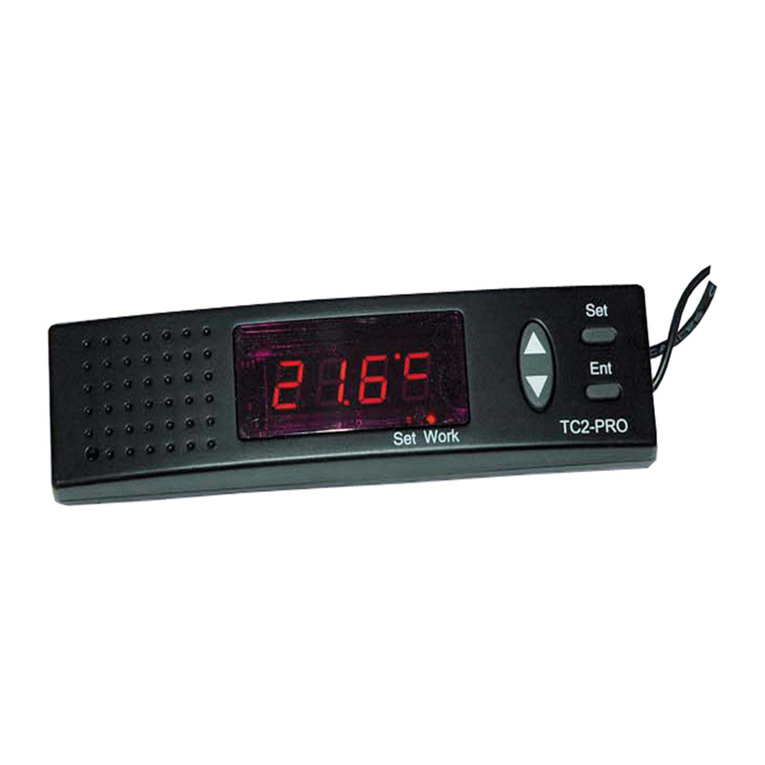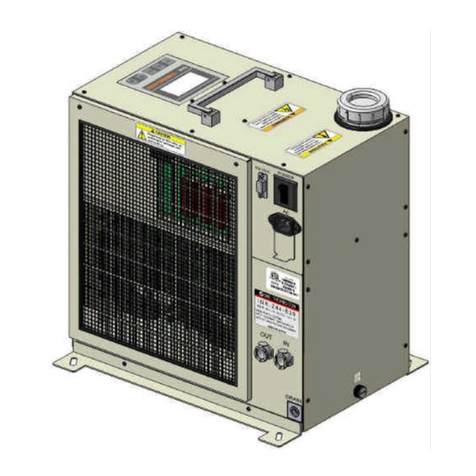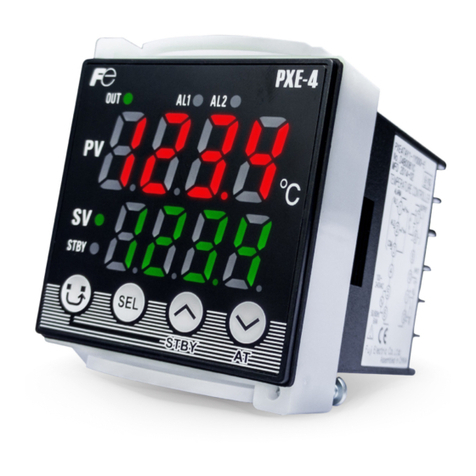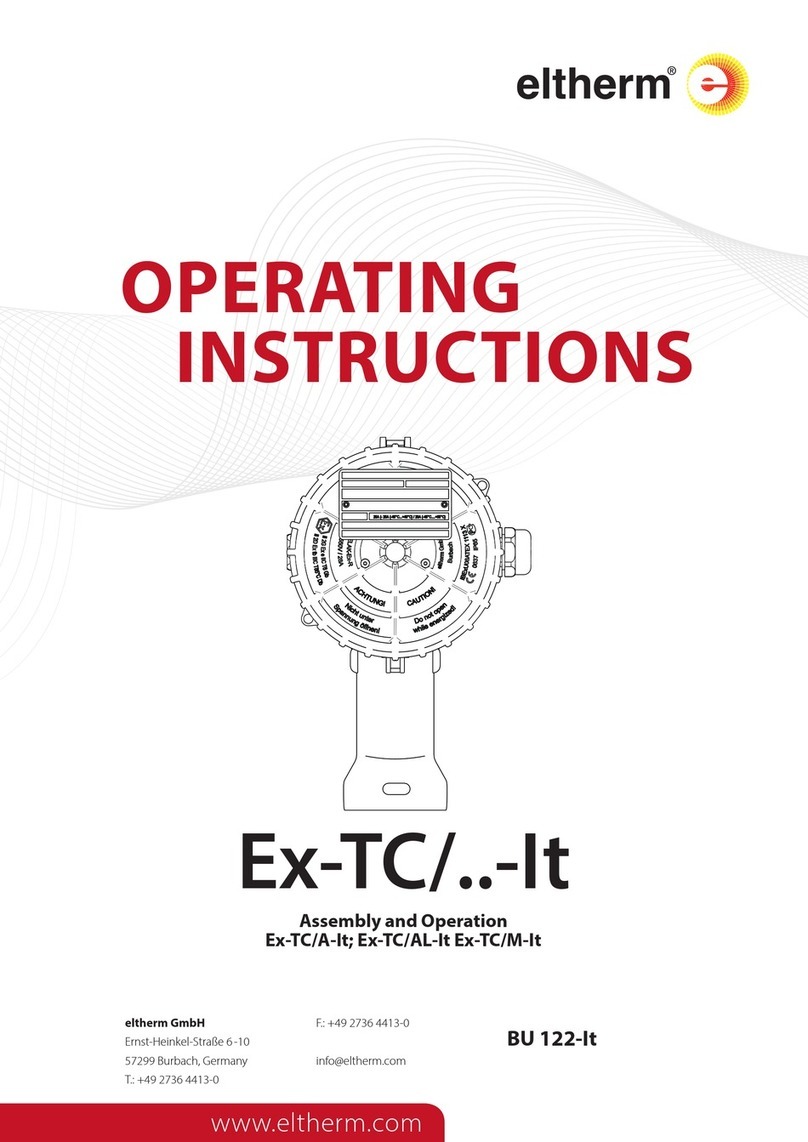
KNX Technical Reference Manual
ABB i-Bus®KNX Yucus
1
1Information on the manual ........................................................................................ 3
1.1 General information ........................................................................................ 3
1.2 Structure of the manual................................................................................... 3
1.3 Symbol of the manual ..................................................................................... 4
2Safety........................................................................................................................ 5
2.1 Intended use ................................................................................................... 5
2.2 Improper use................................................................................................... 5
2.3 Target groups and qualifications..................................................................... 5
2.4 Liability and warranty ...................................................................................... 5
3Environment.............................................................................................................. 6
4Setup and Function................................................................................................... 7
4.1 Features of function and equipment................................................................ 7
4.2 Overview of control elements.......................................................................... 8
5Technical data......................................................................................................... 11
6Circuit diagrams and dimensional drawings............................................................ 12
6.1 Circuit diagram.............................................................................................. 12
6.2 Dimensional drawing – Non RTC and RTC version...................................... 12
7Installation and electrical connection ...................................................................... 13
7.1 Requirements for the electricians.................................................................. 13
7.2 Mounting ....................................................................................................... 14
7.3 Electrical connection ..................................................................................... 19
7.4 Maximum number of Yucus devices per TP line........................................... 19
8Commissioning ....................................................................................................... 20
8.1 Software........................................................................................................ 20
8.2 Preparatory steps.......................................................................................... 20
8.3 Assigning a physical address........................................................................ 20
8.4 Assigning the group address(es) .................................................................. 21
8.5 Selecting the application program................................................................. 21
8.6 Differentiating the application program ......................................................... 21
9Operation ................................................................................................................ 21
9.1 Control buttons.............................................................................................. 21
9.2 Colour concept.............................................................................................. 21
9.3 Lock operation .............................................................................................. 22
9.4 Switching between RTC operation (RTC/VRV/Fresh Air) ............................. 23
9.5 RTC function operation................................................................................. 24
9.6 VRV function operation ................................................................................. 25
9.7 Fresh air function operation .......................................................................... 26
10 Cleaning .............................................................................................................. 27
11 Maintenance........................................................................................................ 27
12 Description of applications / Objects ................................................................... 28
12.1 Overview of applications............................................................................ 28
12.2 Application “General”................................................................................. 29
12.3 Application “Device locking function” ......................................................... 30
12.4 Application “Energy saving/Primary function” ............................................ 31
12.5 Application “LCD backlight” ....................................................................... 34
12.6 Application “LCD display sub display”........................................................ 35
12.7 Application “1-button switching”................................................................. 36
12.8 Application “1-button dimming” .................................................................. 37
12.9 Application “1-button blind”........................................................................ 38
